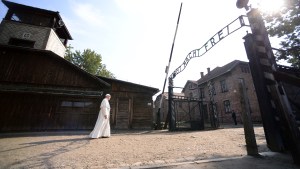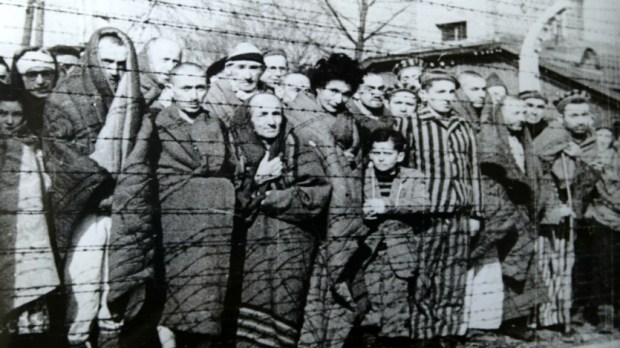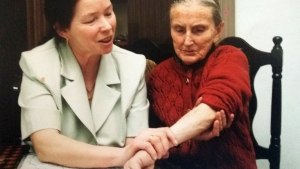Most of the photographs that have shaped our understanding of concentration camps were taken by the perpetrators of the Holocaust, not the victims of Auschwitz. As Harriet Sherwood puts it, “They are the records of a job being done: the murder of more than a million people.” A new exhibition opening in London intends to show how “these photographs are not neutral sources at all: We are looking at a piece of reality […] from the Nazi perspective,” as lead curator Paul Salmons explained.
In her article for The Guardian, Sherwood quotes Salmons’ understanding of the important of this exhibition: “It is necessary to stop and analyze [the photographs] to really see what each image truly reveals, not only about the place and the moment, but also about their authors, the people portrayed, and even about ourselves as viewers.”
The photographs included in the exhibition come from an album discovered by a Holocaust survivor. Referred to as The Auschwitz Album, it contained 193 images taken over a three-month period in 1944. The photos document the arrival of people at the death camp, and how those who were sent to the gas chambers were “chosen.” That year alone, 400,000 people (most of them Jews) were murdered at Auschwitz.
Salmons told Sherwood that this photo album is a “remarkable historical source that has dominated our understanding of the place. But it’s also very problematic […] There’s nothing clandestine about these images […] What we’re seeing in these images is the gaze of the killer. When we see people arriving or being sorted, what we’re seeing is what they want us to see – an efficient process, something they’re proud of.”
The photographers were most likely SS officers Ernst Hofmann and Bernhard Walter.
The exhibition tries to rehumanize the targets of Nazis’ dehumanization by enlarging often overlooked details in the photos: “If we look more closely at what, for [the photographer], are faceless crowds, we can pick out individuals, we can try to rehumanize, we can look at the interactions happening between, for example, one of the inmates and one of the new arrivals,” said Salmons. “We know that prisoners sometimes whispered hurried advice even though it was at great risk. Very often, our eye passes over these sorts of details. So in a sense, I guess this exhibition is very much about a closer look.”
You can read Sherwood’s whole article here. For further information on the exhibition, you can click here.




